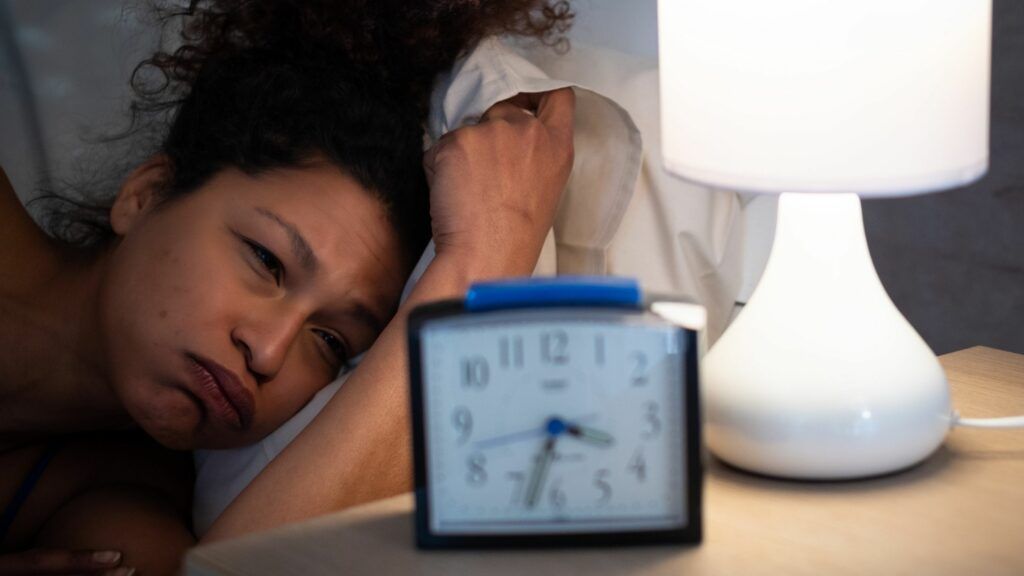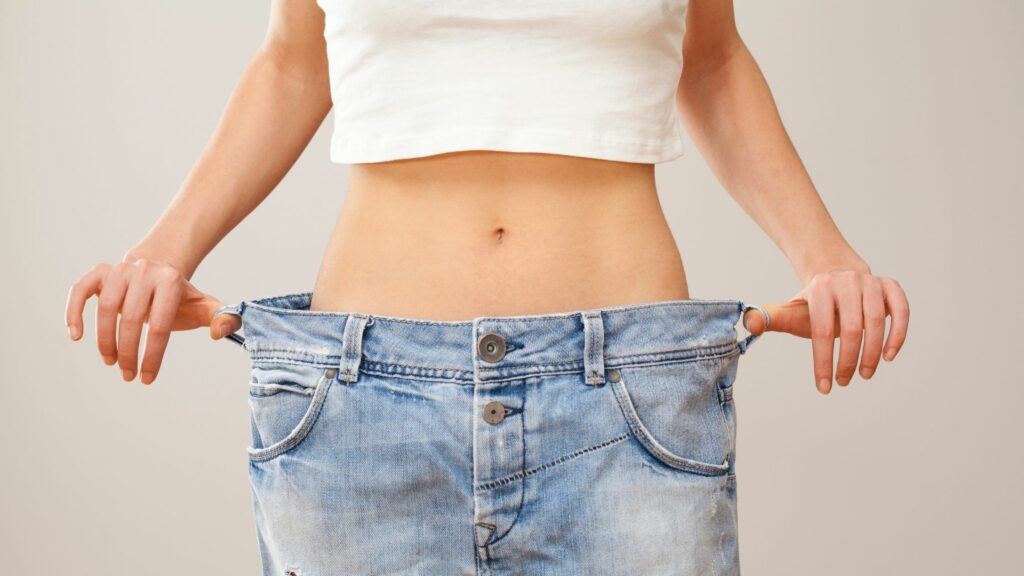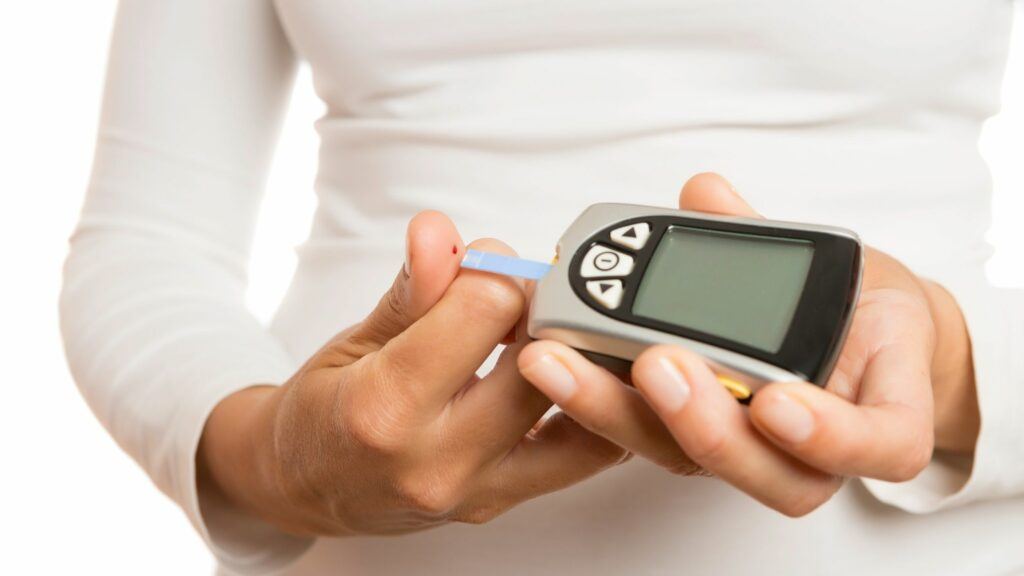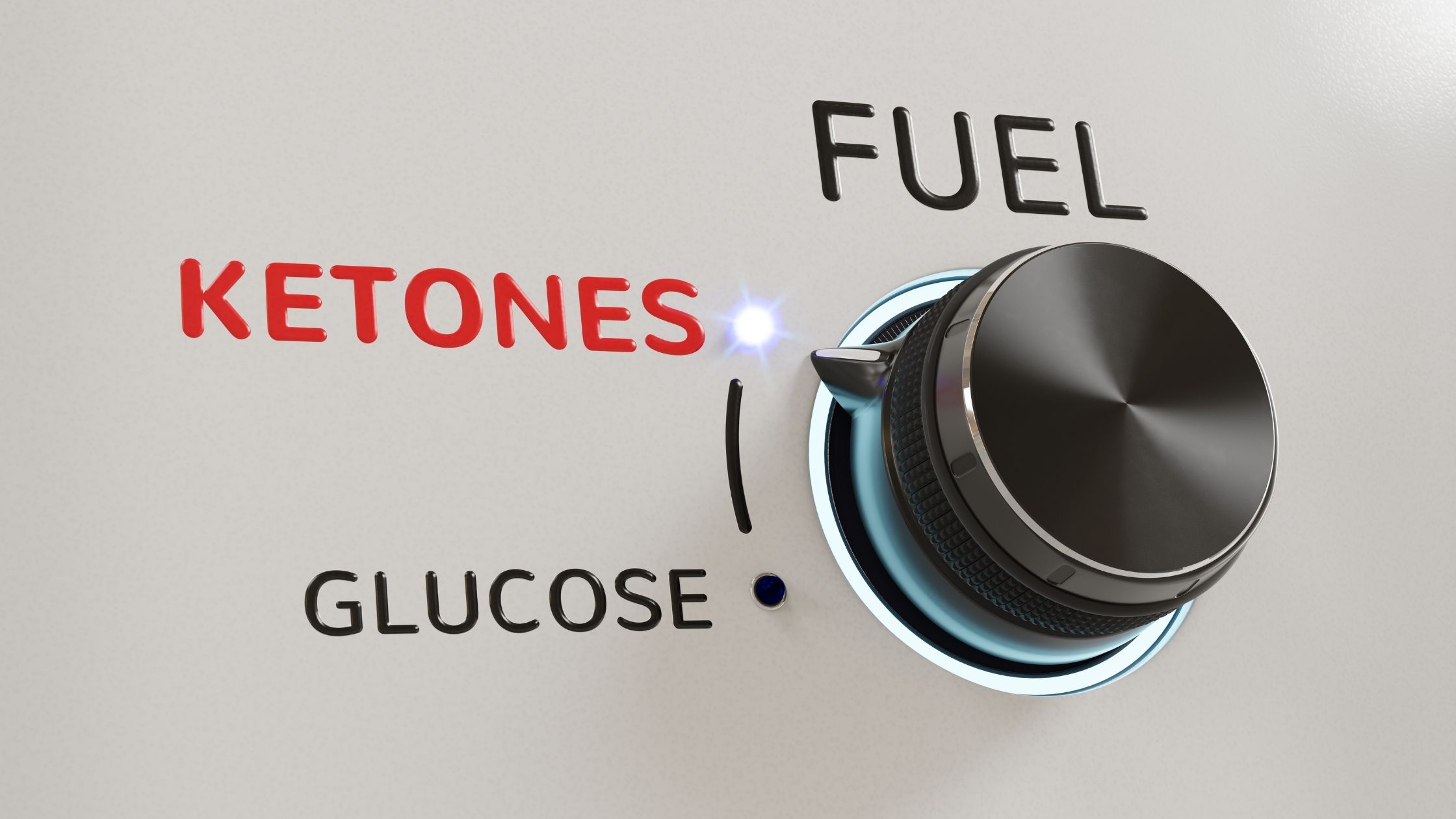Am I In Ketosis? 5 Distinct Signs You Are In Ketosis
Consistency is key when initiating keto and transforming your body into an efficient fat-burning machine. Small slip-ups and even strategic carb-loading is manageable, or even beneficial in some instances, as long as you are “fat adapted”.
Being fat adapted is the state in which your body targets and prefers to use fat as fuel rather than glucose. On average, it takes 4-6 weeks to become fully fat-adapted, but failing to sufficiently reduce carbs, and increase healthy fats consistently, will delay or even completely derail this process.
How To Tell If You Are In Ketosis – 5 Distinct Signs
In general, ketosis is achieved once glucose is maintained below a certain threshold, and the body begins to target fat for fuel. As a result of fat breakdown, either body fat or dietary fat, increased amounts of fatty acids are released into the blood and converted into ketone bodies, or ketones for short, by the liver.
Ketones are utilized as fuel in the brain, heart and muscles, and excess ketones are expelled through the breath, skin, and urine. Having increased or excess ketones in the blood results in some unique symptoms, good and bad, that are tell-tale signs you are in ketosis.
#1 Bad Breath

Ketones have a distinct smell that can be detected in the breath of someone in ketosis. The culprit is acetone, which is a specific type of ketone that is released through your breath or urine. It is often described as a fruity or nail polish remover type smell, and unfortunately like all types of bad breath, someone else is likely to detect it before you do.
“Someone’s in ketosis”, is something my wife says often, especially when we are in the car together, or about to meet with friends or colleagues in close quarters. Thankfully, between the two of us, someone always has some water and/or a mint handy.
Ways to Combat Keto Breath
Sugar-free mints or gum, sweetened with either stevia or xylitol are good options while on keto and neither will break a fast when consumed in small amounts. I have not found any good stevia sweetened mints or gum to recommend, but I do like Altoid Smalls, PUR Mints, Simply Mints, or Spry Mints.
Some of these options are sweetened with Xylitol which is a sugar alcohol that may elicit an insulin response when consumed in larger amounts (>30 grams), however, there is less than half a gram of xylitol in these mints.
Sucralose is also a common sweetener used in mints or gum. Like stevia or xylitol, it won’t break a fast or elicit a glucose or insulin response in small amounts, but it may interfere with whole body insulin sensitivity and kill off beneficial gut bacteria if consumed in larger amounts. I would therefore recommend avoiding sucralose whenever possible.
The best way to combat keto breath is through proper hydration. I addressed this in an earlier post, but ultimately, drinking an adequate amount of water will ensure that excess ketones are lost through the urine rather than through the breath or skin.
For proper and healthy hydration, I suggest drinking purified water rather than tap water, and using a glass or stainless-steel water bottle rather than plastic.
#2 Increased Focus and Energy
Temporary brain fog, headaches, body aches, and/or fatigue often occurs when first starting keto. This adaptation period is generally referred to as the “keto flu” since some of the symptoms resemble the flu and can sometimes be as intense. Long-term keto dieters however, often report increased focus and energy once they get past the adaptation period.
This phenomenon is generally contributed to the increase in ketones delivered to the brain, and their superiority over glucose as a fuel source. In the medical world, increasing brain ketones via diet or supplements has been used to treat various forms of traumatic brain injuries such as concussions and degenerative conditions such as epilepsy, Alzheimer’s, dementia, and memory loss.
Consuming carbohydrates (carbs) spikes blood sugar and insulin which does result in a short-term energy boost, but it is then followed by a crash. One method of avoiding the crash is to eat several small meals a day in order to keep blood sugar and insulin elevated, however this approach can be extremely taxing on the body, contributes to increased inflammation, stimulates huger, and makes it extremely difficult to manage or reduce calories.
By dramatically reducing carbs, and consuming high fat and moderate protein instead, blood sugar and insulin remain low and consistent. The result is steady energy levels without frequent crashes. Consider adding intermittent fasting into the recipe for even better results.
How to Combat the Keto Flu
The the best way to eliminate or at least shorten the keto flu period is to stay hydrated, and consume lots of electrolytes and B-vitamins.
My go-to electrolyte support is Dr. Berg’s electrolyte powder, and non-fortified nutritional yeast is a great source of B-vitamins.
#3 Reduced Hunger or Appetite Suppression
A key benefit of keto for me, and many others, is appetite suppression. You simply aren’t hungry all of the time. Without hunger or cravings driving you to binge you are able to make better food choices.
For me, doing keto allowed me eat healthier and manage my calorie intake without having to rely solely on willpower and discipline.
There are a few factors that contribute to the hunger-diminishing effects of keto. Firstly, stable blood sugar and insulin levels play a large part in keeping hunger at bay. Secondly, high fat and protein rich foods are extremely satiating, and thirdly, fat is a much more abundant fuel source in your body than glucose so your body doesn’t need to replenish it as often.
You don’t have to wait until you are fully fat adapted to experience the appetite suppression benefits of keto. Even early on it is a pretty good sign that you are in ketosis.
#4 Insomnia

Although insomnia is a good sign that you are in ketosis and following keto properly, there may also be some other contributing factors. Dr. Berg is a great resource for anyone following keto or intermittent fasting, and I found his recommendations regarding improved sleep extremely beneficial.
Dr. Berg’s Better Sleep Advise
We all have an internal clock that is controlled by our hormones and regulated by natural light and dark cycles. Hormone imbalances, and spending a lot of time indoors can interfere with our inner clock. Getting outdoors more, and letting natural light into our work spaces can be beneficial in reducing stress hormones and re-calibrating our inner clock.
During the night, the average person will go through four 90-minute sleep cycles or waves comprised of superficial REM (rapid eye movement – dream) sleep, and deep rejuvenating Delta sleep. It is imperative that to you get to sleep by 10:45 or 11:00 pm in order to catch the first wave of the sleep cycle and ride it through all four waves.
If you miss the first wave, you may experience a small bump in energy or a second wind, you will generally have to wait 60-90 minutes in order to catch the next wave, and you will therefore only receive three cycles of the deep regenerative delta sleep.
Can’t get to sleep – This may be due to a deficiency in either calcium, potassium and/or magnesium. These are calming minerals that many people, not just those on keto, are deficient in. Consuming foods rich in these minerals, or using quality supplements can help remedy this issue.
I personally like to use a magnesium powder supplement called Calm. A teaspoon or two mixed into a cup of hot water has become part of my nightly bedtime routine.
Wake up at 2am – This may be due to high adrenal cortisol levels, and a sign that you have some adrenal issues.
Bladder wakes you up one or more times throughout the night – This is due to insulin resistance. Correcting your insulin dysfunction will rectify this issue.
Waking up exhausted – To address this Dr. Berg recommends eating more vegetables, reducing protein and caffeine, not snacking at night, eliminating sugar, and not over training.
Dr. Berg has created a sleep aid supplement that I found helpful when I first started keto. It was originally designed as an adrenal support supplement but later relabeled as a sleep aid. It is a herb and nutrient-based supplement that does not contain any hormones such as melatonin, or pharmaceuticals. Two formulations are available, a regular formula and a vegan option.
#5 Rapid Weight Loss

As with other low-carb diets, rapid weight loss is commonly experienced during the first week or so, and although some of it may be fat, a large portion of it is likely stored carbs and water. If you continue to lose weight beyond the first week this is a good sign that you are in ketosis.
Monitoring Your Ketones Directly

Blood Ketone Meter
There are ways to track your ketone levels more directly. The most accurate method of measuring ketone levels is by using a blood ketone meter. If nutritional ketosis is your goal, and you are serious about tracking it, this is the way to go.
When I first started keto, several years ago, the Precision Xtra® was considered by many to be the most accurate, but it was also one of the most expensive at the time, and the testing strips were also more expensive than other models. Times however, have changed.
I ended up purchasing the original Keto-Mojo, which has become the most popular ketone meter. The new version of the Keto-Mojo has a few more features, but I don’t feel any need to upgrade at the moment.
The test strips for the Keto-Mojo and most other popular meters such as the Ketodoc™, KetoBM™, and KetoSens™ all cost about $1 per strip. Some of these models are also capable of testing blood glucose levels as well, as long as you have the glucose testing strips, and this can be a beneficial option for testing your immediate glucose response to specific foods.
Ketone Breathalyzer
A ketone breathalyzer measures ketones through the acetone levels in your breath. This method is not as accurate as testing blood because it is only measuring one type of ketone.
If you are adamantly opposed to pricking your finger regularly however, and the sight of blood makes you a little queasy, this may be your best option.
Ketone breathalyzer units range in price and are often even more expensive than blood ketone meters. Also, as mentioned earlier, good hydration may diminish the amount of acetone expelled through your breath, and therefore give you somewhat inconsistent readings.
Urine Ketone Strips
The least expensive option is to use urine ketone test strips. These are beneficial during the first few weeks on keto, but as you become fat-adapted your body will excrete fewer ketones in your urine, and it therefore may become a less reliable testing option.
Have you experienced any of these signs? Do you test your ketones and if so, what testing option to you use? Please consider sharing your experience by commenting below in order to help others living a fit keto lifestyle.
Thank you for visiting LiveFitKeto.com. Check back often for new content or subscribe to our newsletter to receive updates on new articles, and if you have found this information helpful, please don’t hesitate to share.








